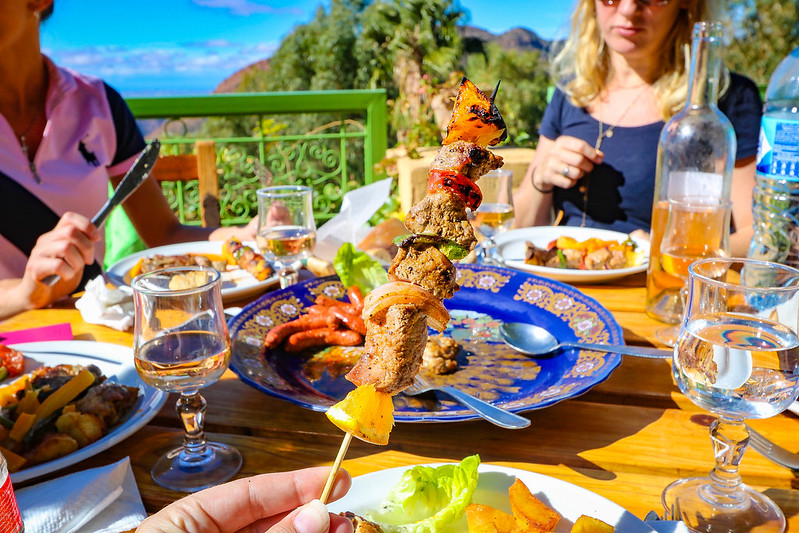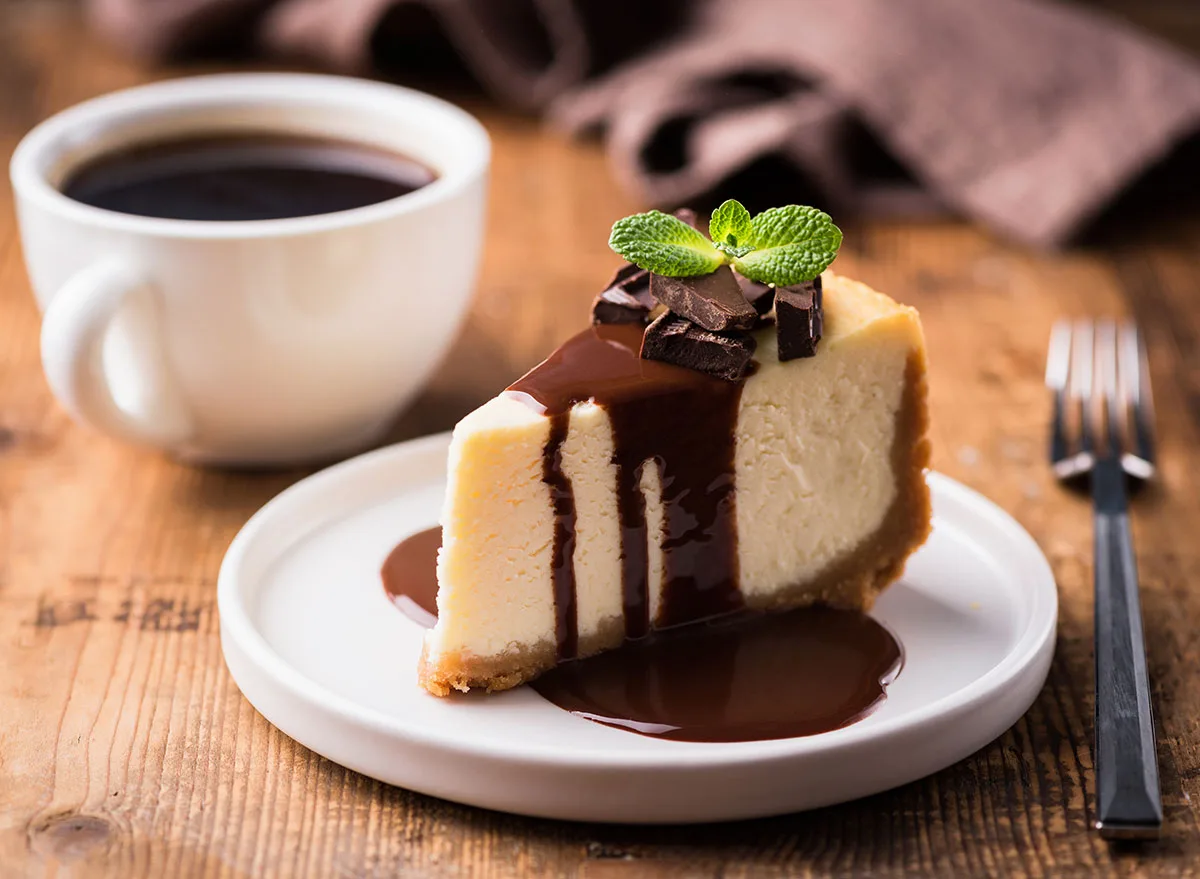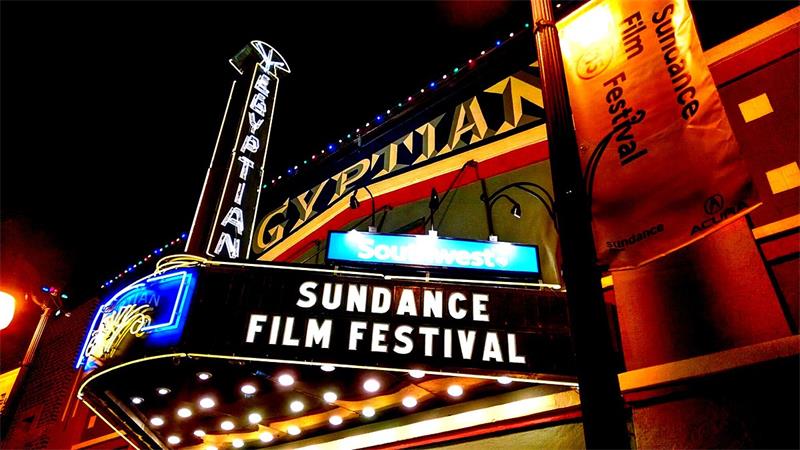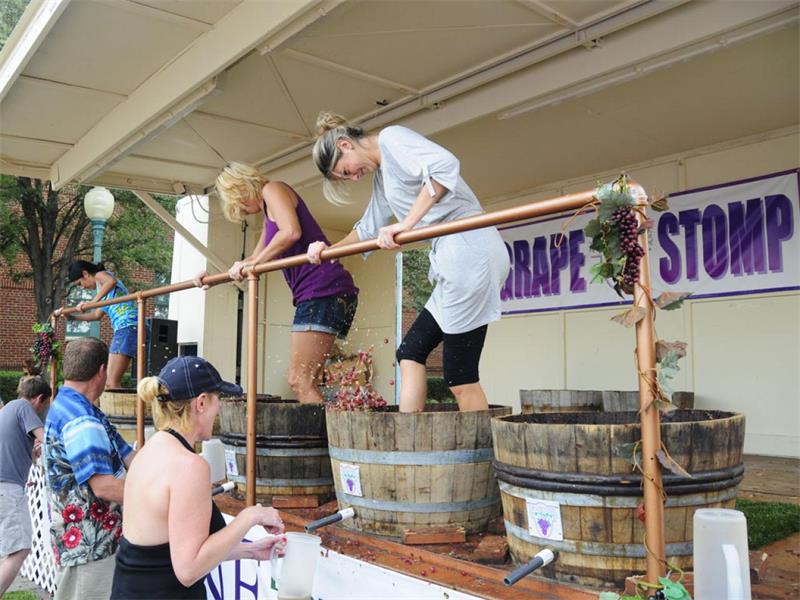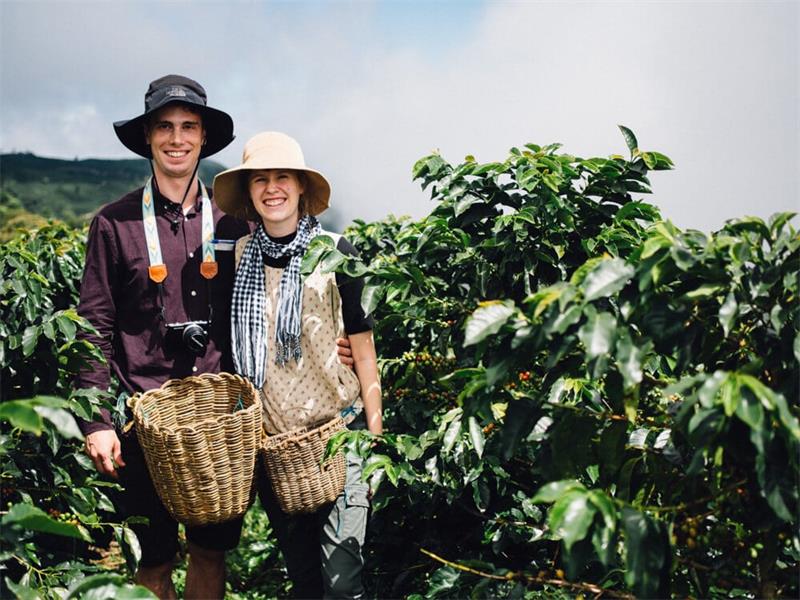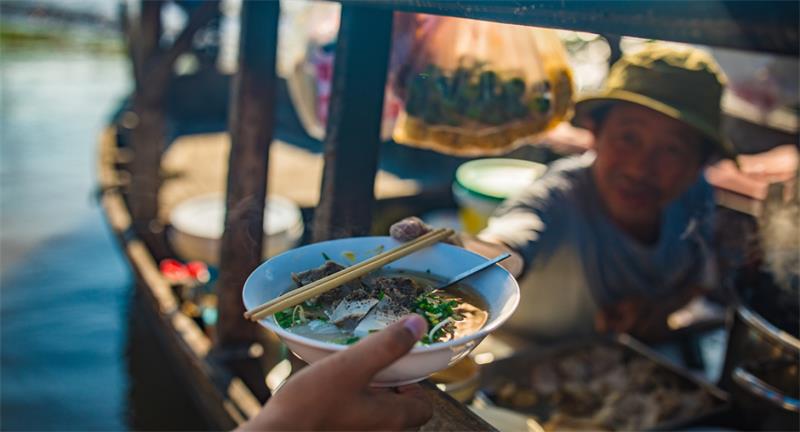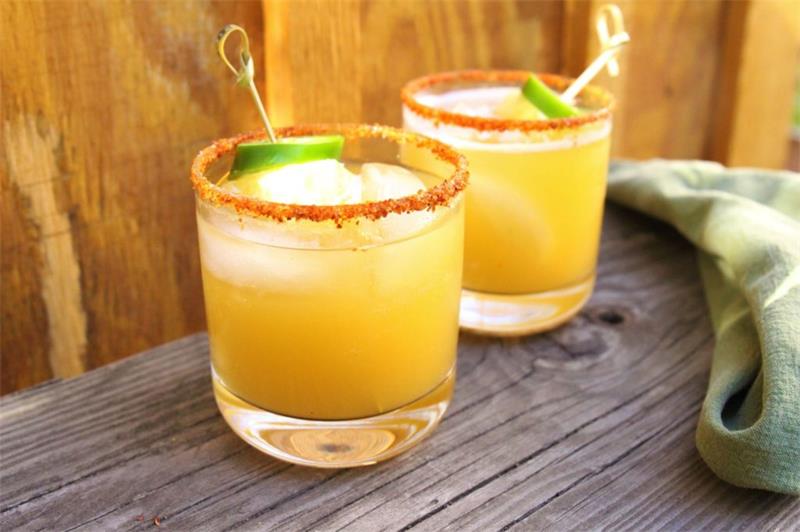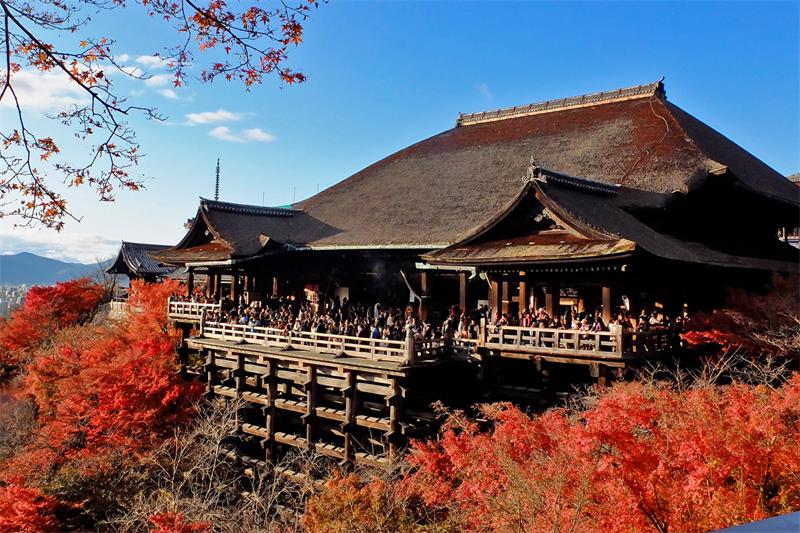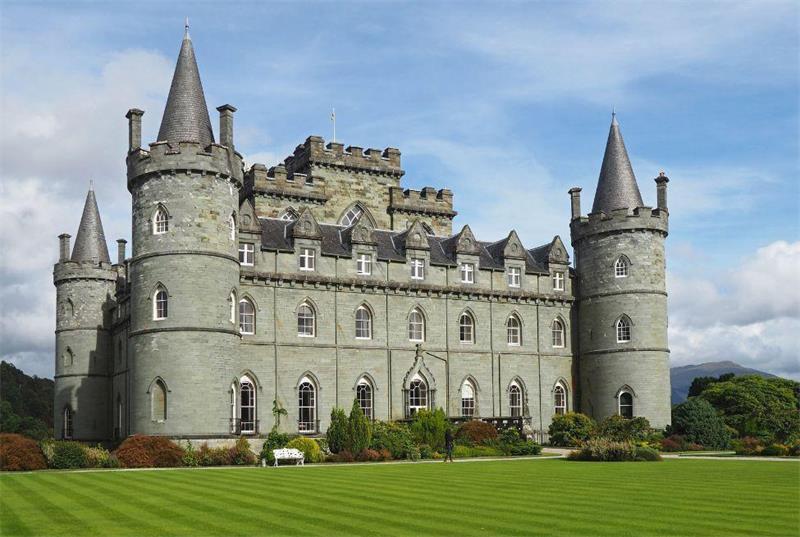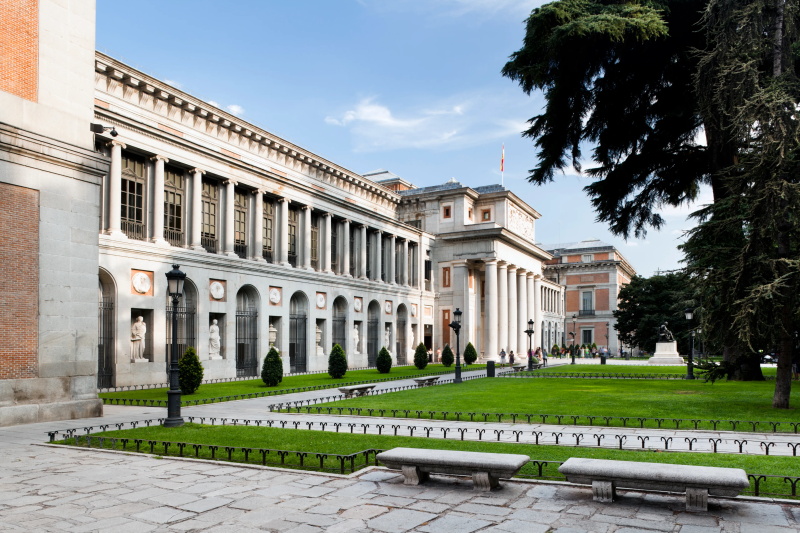Contents
Introduction
India is a land of festivals and the Holi festival, also known as the festival of colors, is one of the most vibrant and colorful festivals celebrated in India. It’s a time when people from all walks of life come together to celebrate and spread happiness. This festival is celebrated in late February or early March every year.
Brief History of Holi Festival
The origin of the Holi festival dates back to ancient Hindu mythology. According to legend, an evil king named Hiranyakashipu had been granted a boon from Lord Brahma that he could not be killed by any man or animal.
The king became arrogant and ordered everyone to worship only him. However, his son Prahlad refused to do so as he was a devotee of Lord Vishnu.
The king’s sister Holika had a gift that made her immune to fire. She tricked Prahlad into sitting on her lap in a bonfire, hoping he would get burned alive while she remained safe due to her gift.
However, it was Prahlad who emerged from the fire unscathed while Holika was burned alive. This event signifies the victory of good over evil, and Holi is celebrated as a symbolic triumph over evil forces.
Importance of Holi Festival in India
Holi holds great significance in Indian culture as it promotes unity, harmony, and brotherhood among people from different backgrounds and religions. It’s a time when people forgive each other for past mistakes and let go of grudges. The festival also marks the end of winter and the arrival of spring, which is why people celebrate it with joyous colors.
Moreover, Holi represents India’s rich cultural heritage that has been passed down through generations. It’s an occasion for families to come together and celebrate with traditional foods like gujiya (a sweet dumpling), thandai (a milk-based drink), and other delicacies.
Overview of the Experience
The experience of celebrating Holi in India is unlike any other. The atmosphere is charged with excitement and happiness, and people are seen in colorful attire, throwing colors and water at each other.
You can smell the aroma of traditional food being cooked, hear music being played, and see people dancing to the beats of the dhol (a type of drum). Holi festival is a time when people come together to celebrate love, unity, and harmony.
This colorful celebration has a rich history steeped in legend and mythology that adds to its cultural significance. The experience of Holi festival is truly unique as it’s not only about playing with colors but also about coming together with loved ones for traditional rituals and food.
Preparing for the Festival
Choosing the right location to celebrate Holi
Holi is celebrated throughout India, but it’s important to choose the right destination to fully experience this vibrant festival. The most popular places to celebrate Holi are Mathura, Vrindavan, and Barsana – all located in Uttar Pradesh.
These cities are known for their unique Holi celebrations, including Lath Mar Holi and Phoolon ki holi. Another popular destination is Jaipur in Rajasthan, which has its own special way of celebrating Holi called Elephant Festival.
However, if you’re looking for a more private celebration with your friends and family, you can celebrate Holi at home or book a private villa or resort. Make sure that your accommodation has outdoor space suitable for playing with colors and water.
Dress code and attire for the festival
The dress code for Holi is simple – wear clothes that you don’t mind getting dirty or stained. Most people wear white clothing during the festival as it makes the colors stand out more vividly against their clothing. However, some people prefer to wear colorful clothing that matches the theme of the festival.
It’s also recommended to wear long-sleeved shirts and full-length pants made of cotton or linen fabric that can absorb sweat easily and dry quickly after getting wet. Women should avoid wearing sleeveless tops or dresses as they may attract unwanted attention during this crowded festival.
Gathering necessary supplies for the celebration
To enjoy Holi to its fullest potential, there are some essential items that you should gather beforehand. The first item on your list should be natural organic colors made from flowers such as marigold, rose petals saffron etc., which are gentler on skin compared to synthetic colors available in markets.
Apart from colors, be sure to stock up on water guns, pichkaris (water sprinklers), and balloons for playing games with friends and family. If you’re traveling to celebrate Holi, it’s important to pack enough supplies especially water guns and colors for the entire duration of your stay.
Overall, preparing for the festival requires some planning in choosing the right location, dress code, and gathering necessary supplies. With all these items in hand, you’ll be ready to dive into the colorful world of Holi!
The Celebration Begins
The Night Before Holi – Holika Dahan Ritual
The night before Holi, people gather around a bonfire for the Holika Dahan ritual. This ritual signifies the victory of good over evil. It is said that Prahlad, a devotee of Lord Vishnu, was saved from the fire by the lord himself and his evil aunt Holika was burned to ashes.
This story is associated with this ritual where people light a bonfire and offer various things to it like coconut, flowers, popcorn, and sweets. People gather around the bonfire and sing devotional or festive songs together.
They dance around the fire and exchange greetings with each other. The atmosphere is lively and joyous as everyone looks forward to celebrating Holi together on the following day.
Morning of Holi – Playing with Colors, Water, and Flowers
The morning of Holi is when people traditionally play with colors, water, and flowers. People smear each other’s faces with colored powder or drench them in water mixed with turmeric or different colorants.
It’s a time when social hierarchy dissolves as everyone participates in this playful activity regardless of their status. In addition to colors and water, some people also use flowers like marigold petals for playing Holi.
These flower petals are considered auspicious and are offered during prayers to deities. During Holi festival they add an additional dimension of beauty to all celebrations.
Traditional Foods and Drinks during Holi
Food plays an important role in any Indian festival celebration including Holi Festival. On this day traditional delicacies such as Gujiya (sweet dumplings filled with khoya), Mathri (savory crackers), Thandai (a cold drink made from milk mixed with almonds, saffron & cardamom) are prepared and served to guests.
These dishes are made in advance so that everyone can enjoy the festival without having to worry about cooking. People also visit each other’s houses during Holi and share food with their loved ones.
It’s a time when people come together over food, laughter, and enjoy the festival with each other. The morning of Holi is when most of the celebratory activities take place.
From smearing colors on each other’s faces to playing with flowers, this is a time filled with fun and joyous moments for all ages. Traditional foods prepared for Holi add an extra layer of festivity and bring everyone together around delicious treats.
Unique Experiences During Holi Festival
Music and Dance Performances during the Celebration
One of the most exciting aspects of Holi celebration is the music and dance performances that take place throughout the festival. From traditional folk songs to Bollywood hits, music is played loudly on speakers, and people dance in groups.
Music and dance are integral to Holi celebrations as they add a fun element to the festivities. The beats of dhols, a type of Indian drum, create an energetic atmosphere that gets everyone on their feet.
The folk dances typical of Holi are Bhangra and Garba. Bhangra originated in Punjab, which is known for its exuberant music and dance forms.
Garba is a traditional dance from Gujarat that involves graceful movements while holding small lit lamps or colorful sticks called dandiyas. Some people also perform other cultural dances like Kathak or Bharatanatyam during Holi.
Participation in Traditional Rituals such as Lath Mar Holi or Phoolon ki holi
Holi rituals are an integral part of this festival, with some being more extreme than others. One such ritual is Lath Mar Holi, which takes place in Barsana village near Mathura city in Uttar Pradesh state.
In this ritual women chase men with sticks (lathis) as men throw colors at them; it’s all done playfully though! This tradition honors Lord Krishna’s love story with Radha.
Another traditional ritual during Holi festival is Phoolon ki holi (flower throwing), held at temples across India including Banke Bihari Temple in Vrindavan and ISKCON temple in Delhi. Here devotees throw flowers instead of colored powder at each other while singing devotional songs.
Meeting New People from Different Parts of India and Around the World
Holi is a festival that brings people of all ages, religions, and backgrounds together. It’s an excellent opportunity to socialize and make new friends while enjoying the festivities. People from different parts of India and around the world come together to celebrate Holi in various cities like Mathura, Vrindavan, Jaipur, and Delhi.
During Holi celebrations, people forget their differences and embrace the spirit of unity. They share traditional foods, drinks and exchange greetings in a friendly manner.
Visitors can interact with locals or other tourists to understand their culture better. This cultural exchange creates a unique experience that one can cherish for a lifetime.
Holi festival offers unique experiences that are hard to find elsewhere. From music and dance performances to traditional rituals like Lath Mar Holi or Phoolon ki holi and meeting new people from different parts of India and around the world- every moment is worth cherishing during this festival!
Safety Tips During Holi Festival
Playing with colors and water during the Holi festival is a fun-filled activity, but it’s essential to take necessary precautions to avoid any harm or damage to your body. Here are some safety tips that you should keep in mind while playing with colors and water:
Precautions to take while playing with colors and water
The colors used during Holi are chemical-based, and they can cause harm to your skin, hair, and eyes if not handled appropriately. It’s crucial to use only organic and natural colors during the festival.
Chemical-based colors can cause skin allergies, rashes or even lead to respiratory problems. Natural or organic colors made from flowers or herbs are safe for both the environment and your body.
It’s best to apply oil on your hair before stepping out for the celebration as it will help protect your scalp from getting colored too deeply. You should also avoid wearing contact lenses as it can cause irritation in your eyes while playing with colors.
Protecting Your Eyes, Skin & Hair from Damage Caused by Colors
To protect yourself from any damage caused by the chemicals present in the color powders, you should take some necessary precautions:
- Cover yourself adequately – Wear full-sleeved clothes that cover most of your body parts as it will help prevent direct exposure of color to your skin.
- Protect Your Eyes – Wear sunglasses or glasses when playing Holi to avoid any direct contact of color with your eyes.
- Apply Coconut Oil on Your Skin – Apply coconut oil on exposed areas of your skin like arms, neck, face before stepping out for the festival celebration as it will form a protective layer against harmful chemicals present in color powders.
- Cleanse Your Skin and Hair – After the celebration, it’s essential to cleanse your skin and hair thoroughly with a mild soap or shampoo to remove all the color powder remnants.
By following these safety tips, you can enjoy this joyous festival without any worries and create unforgettable memories.
The Cultural Significance of Celebrating Holi Festival in India
The Holi festival is celebrated by millions of people in India and around the world, and it holds great cultural significance in Indian society. The festival signifies the victory of good over evil and the arrival of spring. It is also a time when people forget their differences and come together to celebrate with each other, regardless of their religion or background.
The Significance of Colors in Indian Culture
Colors play a significant role in Indian culture, which can be seen during the Holi festival. In Hindu mythology, Lord Krishna used to play Holi with his friends using colored water and flowers.
The use of colors during Holi also represents the different hues present in nature, especially during springtime when flowers bloom and trees start regaining their leaves. Colors are also symbolic of emotions and feelings that are expressed during the festival.
For instance, red represents love and purity while green symbolizes new beginnings. The vibrant colors used during Holi bring joy to everyone’s hearts and create a lively atmosphere where people forget their worries.
How Celebrating this Festival Brings People Together Regardless of Their Background or Religion
Holi is a festival that brings people from all walks of life together. People from different religious communities gather to celebrate this colorful occasion with enthusiasm, forgetting any grievances they may have had against each other. During Holi celebrations, it’s common to see people sharing sweets (called gujiya) and bhang (a type of drink) regardless of their background or religion.
This exchange promotes brotherhood among individuals who may be otherwise separated by societal barriers. Celebrating the Holi festival has deep cultural significance as it unites people from diverse backgrounds under one roof with an aim to spread happiness through colors.
It portrays how differences should not separate us but instead bring us closer together. As a tourist, participating in this festival can be a unique and enriching experience to understand the Indian culture’s true essence.
Cultural Significance of Celebrating Holi Festival in India
Holi is not just a festival of colors, but it also holds significant cultural and historical importance in the Indian tradition. The celebration not only marks the victory of good over evil but also promotes brotherhood, unity, and friendship among people. It brings together individuals from diverse backgrounds and religions to celebrate the joyous occasion.
One of the main aspects of Holi is the use of colors, which symbolize happiness, love, and positivity. The festival represents the arrival of spring and new beginnings as people forget their differences and come together to celebrate with colors.
Additionally, Holi serves to break down social barriers as people from all walks of life participate in the celebration. Beyond spreading joy and happiness among individuals, Holi has a much deeper cultural significance for Indian society.
The festival promotes forgiveness as well as respect for traditional values such as family and community. This allows individuals to strengthen their relationships with friends and family members.
Conclusion
Experiencing Holi Festival in India is more than just playing with colors; it’s an opportunity to understand Indian culture at a deeper level. By participating in this colorful celebration, you will not only be immersed in Indian customs but will forge new friendships with people from around the world.
You’ll also discover how colors can bring about unity among diverse groups while breaking down social barriers. Although there are some precautions that visitors should take before participating in this vibrant festival (such as protecting your skin and eyes), celebrating Holi remains a worthwhile experience that opens up new opportunities for personal growth while providing unforgettable memories that last a lifetime.


